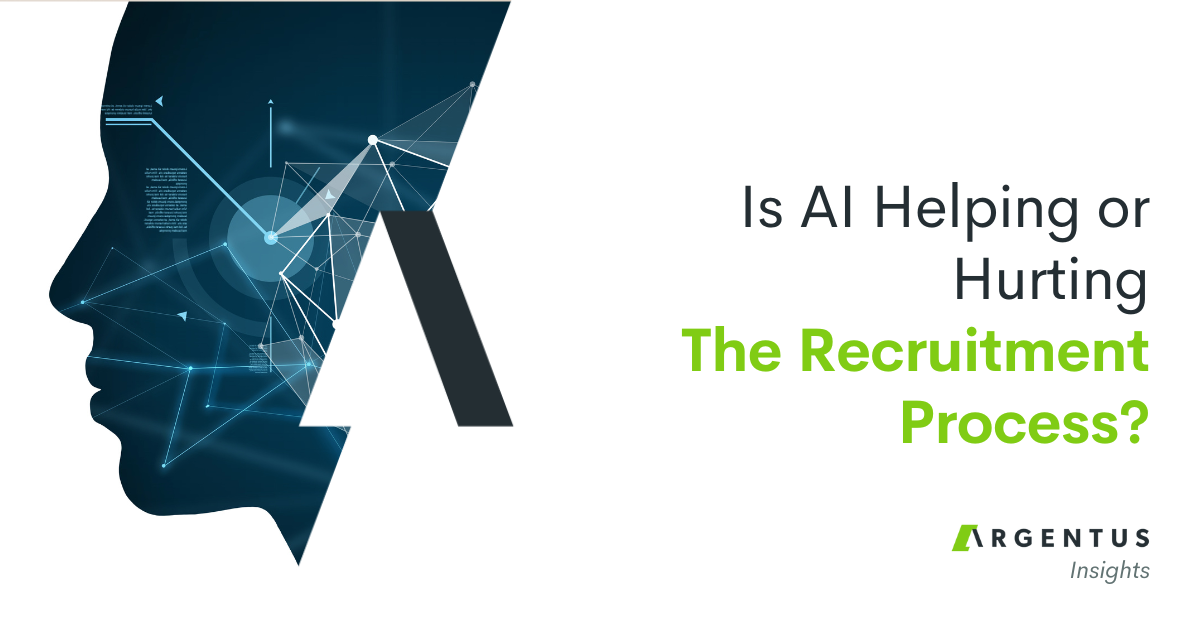A new article from the Globe and Mail’s Leadership Lab series talks about ageism in the workplace. It references a recent study that delved into the causes and impacts of age discrimination, and offered strategies for moving past these issues in today’s workplaces.
Diversity and inclusiveness have become huge priorities for Canadian businesses – as we discussed in our interview with RBC Director Kiruba Sankar about supplier diversity initiatives in Procurement. The article’s author, Nicole Galluci, employs some recent research to argue that age should be a new frontier of these inclusivity initiatives.
According to research from Sphereon about generations in the workplace, 25% of employees make judgments about their coworkers due to age. (We’re actually surprised it’s so low). This applies both to the judgments people make about younger employees – either because of negative millennial stereotypes or the age-old issue that they don’t have enough experience – and judgments against older employees – that they don’t have an understanding of modern technology and are too set in their ways.
The research found that 39% of millennials make judgments about coworkers due to age, and also – controversially or obviously depending on your perspective – that 69% of these younger workers lack the business and life experience required for leadership positions. The implication is that younger workers judge older workers without being able to necessarily walk the walk. But we know, from our experience in the talent marketplace, that older workers judge younger workers as well.
So the interesting part of this research is how it ties together the way that ageism cuts both ways. We’re used to seeing stereotypes about millennials, as well as discrimination against older workers, as a sort of see-saw contest between two demographics. But the most interesting take away from this research is how ageism affects people on both ends of the spectrum.
With the workforce growing older, and with millennials rising into more leadership positions, ageism is maybe one of the most important workplace issues bubbling underneath the surface as other inclusivity issues rise to the fore.
As Galluci writes, “The challenge is managing both a young generation that wants to race up the ladder, skipping rungs, with another that has climbed up rung-by-rung.” (As a sidenote, is it true that the younger generation wants to skip rungs on the ladder, or just further stereotyping?)
We’re used to the idea of a glass ceiling, but Galluci writes about the emergence of a “glass floor” – companies, specifically in the tech industry, who undervalue experience and mentorship and never hire employees past a certain age.
The fact is, both younger and older employees feel they’re misunderstood and stereotyped based on age.
And as a recruitment company, we see this issue manifest itself as a “goldilocks problem” among clients looking to hire. Older candidates have “too much experience” and are “overqualified” – seen as a flight risk even if they have valuable skills to teach junior employees and the willingness to teach them. Companies reject younger candidates because they haven’t done exactly what the role entails, even if they have huge potential, transferrable skills, and the ambition to grow.
So what does the research propose to help tackle ageism in the workforce, and make sure that employees at all ends of the age spectrum are given their due?
- Employers should work to offer more professional and skills development to senior employees, to go along with the near-universal practice of offering development plans to younger workers who are first starting out.
- Companies should recognize the tensions that might arise between baby boomers and millennials, acknowledging that parallel challenges exist at home (e.g. between parents at kids) and work to leave that baggage at the door.
- Employers should embrace nimbler work teams, reordering their organizations as priorities shift to highlight the skills of each generation: they can have teams skew younger for new technology adoptions, and older for commercializations that require expertise with different business models.
Whether you agree with the article or not, you have to accept that its basic premise has some merit. We agree that ageism in the workforce should become more than just an accepted nuisance – “the way things are” – and become something to tackle proactively in the same way as other diversity and inclusiveness issues.
A big thanks to Argentus recruiter Adele Casciaro for her input on this article!




0 Comments